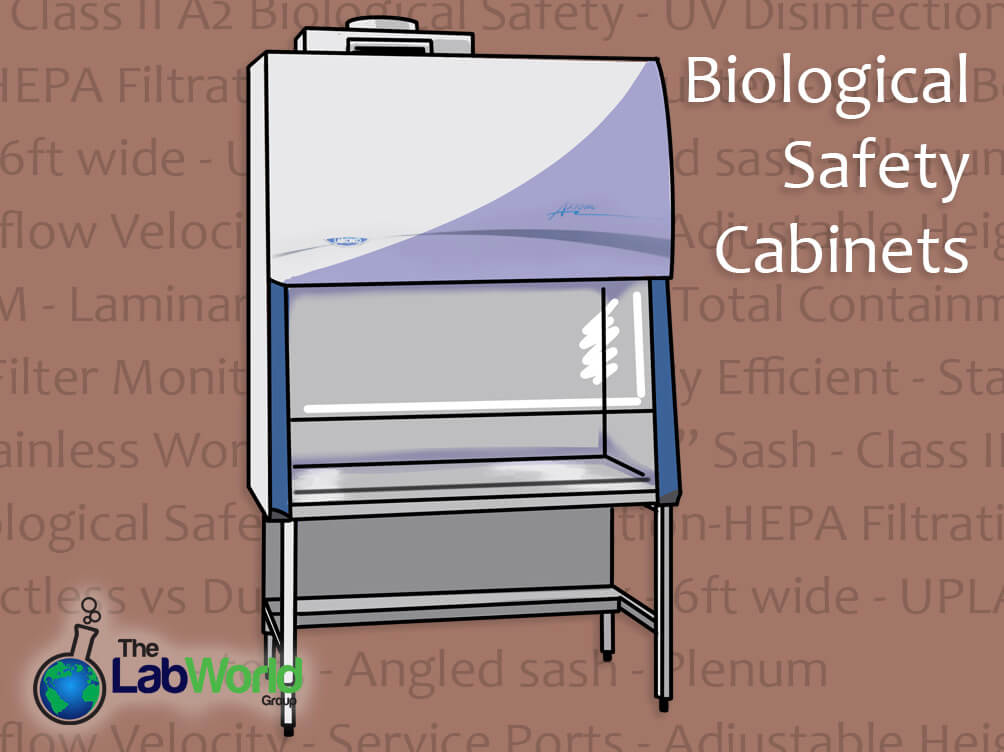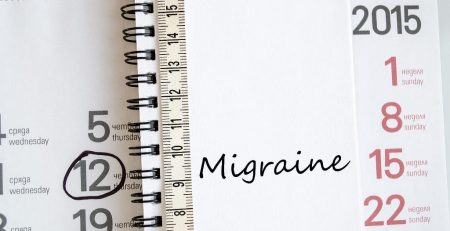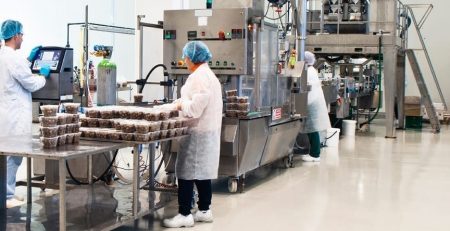
What is a Biosafety Cabinet
Amanda2022-01-28T16:34:39+00:00Biosafety Cabinets in a Microbiology Lab
Biosafety Cabinets, sometimes referred to as BSCs offer an enclosed and ventilated work area in a lab environment with ventilation to protect personnel from aerosolized pathogenic microorganisms. Biological safety cabinets can be similar to other large pieces of equipment in the lab known as laminar hoods for fume hoods, however, a BSC focuses on protecting the person, rather than the sample.
Here we’ll talk about what defines a biosafety cabinet, their functions and what to be on the lookout for.
What is a Biosafety Cabinet used for?
To protect laboratory personnel, a biosafety cabinet minimizes the formation of an aerosol. This is done by ventilating air out of the hood and away from the user. Depending on what level a BSC is, there can be differing degrees of containment of the aerosols.
Cabinets use HEPA filtration as the first line of defense as air is drawn out of the cabinet. Also depending on the class of biosafety hood, the filtered air may reenter the room or be vented outside through ductwork. Biosafety hoods can range in size from a single user unit at just a few feet or could go all the way up to an entire wall installation.
Biosafety Cabinet VS Fume Hood vs Laminar Flow Hood VS Clean Bench
Similar in overall look it could be easy to confuse these large pieces of lab equipment, but each has a distinct purpose and operation. Knowing the level of protection you need and what type is critical when deciding on adding one to a lab.
Can a biosafety cabinet be used as a fume hood?
A fume hood is built to protect the user but instead of from microorganisms as is the case with a Biosafety cabinet, these are configured for toxic, odorous, and/or volatile chemicals, otherwise known as fumes. A fume hood’s airflow also differs as the air moves away from the user either vertically or horizontally, before being treated in some way either a building’s exhaust system or by filters before being cycled back into the room.
Biosafety cabinets, on the other hand, operate with a downward, verticle, unidirectional airflow, that then sucks the air through an intake grill, preventing the particulates from entering the lab environment. They also have more stringent performance criteria they must comply with for inflow, downflow velocities, as well as exhaust and cross-contamination protections.
Alternatively, a Laminar flow hood isn’t designed to protect a user, it’s built to protect the items being worked on. Air is forced downward and can move towards the researcher. Return air is also untreated so it’s best used in cases without hazardous materials. Other similar types of equipment can include a PCR hood, a clean bench, a dead air box, or a tissue culture hood. Each has a similar shape and is made to be a protected area, but each does very different things.
Biosafety Cabinets And Their Types: Just how many types of biosafety cabinets are there?
Biological safety cabinets have distinct classes and levels of protection, starting with Class I cabinets.
A Class I Biosafety cabinet is designed solely for operator protection. These BSC’s are rather limited in their applications as they don’t do anything to protect the sample as well. They feature a similar airflow pattern as that of a fume hood, but with the addition of HEPA filtration at the exhaust outlet. Class I cabinets can be either ductless or ducted and are built for use with Biosafety containment levels 1,2 or 3.
A Class 2 Biosafety Cabinet protects not only the operator but also the work as well, making it ideal for microbiological work and pharmacy compounding. A Class II biosafety cabinets have an open front, with inward airflow and downward filter air for product protection, with HEPA filtered exhaust air. The Class II’s can be further broken down into types, with A1, A2, B1, B2, and C1 each with its requirements for inflow velocity through a sash opening, negative pressure plenums, and exhaust procedures.
A Class III biosafety cabinets are characterized by total containment and are fully enclosed and leak-tight. These boxes maintain a negative pressure with ventilation through double HEPA filters or could involve incineration. Class III boxes also feature attached rubber gloves for manipulating items inside the box, earning them the moniker, “glove box” Glove boxes are built to be used for work requiring Biosafety containment levels 1 through 4.
How To Choose A Biosafety Cabinet
Choosing your ideal biosafety cabinet depends on the job at hand, so you’ll need to know how it will be used and more importantly, what is the biosafety level of the agents you’re working with. Once you define the biosafety level, 1-4, then you can select your BSC.
Other factors to consider include sash opening so you can access your working area while still maintaining a safe containment, and energy efficiency. While it could be attractive to have something a little kinder to power consumption, one thing to keep in mind is how that affects the inflow velocity and what sash height is needed to maintain containment or whether it impacts the thrust needed to compensate for filter saturation.
Biological Safety Cabinet Manufacturers
In the field of BSC, some companies’ equipment stands out for safety, added features, performance, and reliability. Here are just a few of the Biological Safety Cabinet brands we’ve carried over the years that have proven to be worthwhile investments.
Thermo Scientific has a robust line of class II systems, their 1300 series remains a popular choice with UV disinfection, and unique airflow design, these ergonomic BSCs are also energy efficient and come in a variety of sizes.
Similarly, Labconoco’s lineup has an eye towards ergonomics on each of their Class I and Class II offerings. Their popular Purifier Logic plus line recirculate 70% of the HEPA filtered air, passing 30% through the exhaust HEPA for excellent security. They have offerings of all three types.
Nuair Biosafety cabinets feature the Labguard line and are an ideal solution for meeting Sterile Hazardous Drug compounding compliance or USP 800. They feature ultra-high-efficiency motors and even airflow distribution. Most importantly, their flexible plenum design is built to overcome a saturated filter, maintaining safety and reducing the number of filter changes needed throughout the year.
Esco has offerings in all three classes with models compatible with both HEPA and ultra-low particulate or ULPA filters. UPLA filters trap 99.9995% of particulates down to 0.12um in diameter, vs a HEPA’s 99.97% at 0.3 um. Both are excellent, UPLA has a slight edge with the trapping of smaller particles are critical in a cleanroom.
Other sterling manufacturers include Airclean and Baker, each with their take on features and benefits and all are reliable choices.
Final Thoughts
A biosafety cabinet can provide a secure and contained work area for cell culturing and life science research. They can not only protect users but also the work environment and depending on the cabinet, the work itself. Key factors to consider when looking to purchase a cabinet are what level of containment is needed for your studies, and then what size will best suit your needs. Remember these benches need certification every year or if you’ve rearranged your lab to be confident in the protection.
Through the years we’ve carried many brands of biological safety cabinets, flow hoods, safety enclosures, and the like. We have had models ranging in both sizes, ducting needs, and levels of automation. Each time an instrument comes through our doors, it goes through a rigorous inspection, with a decontamination routine, and filters are replaced as needed. We also provide any documentation we have on the piece so you know what you’re purchasing ahead of time. Contact us today about our lineup of gently used Biosafety Cabinets!













